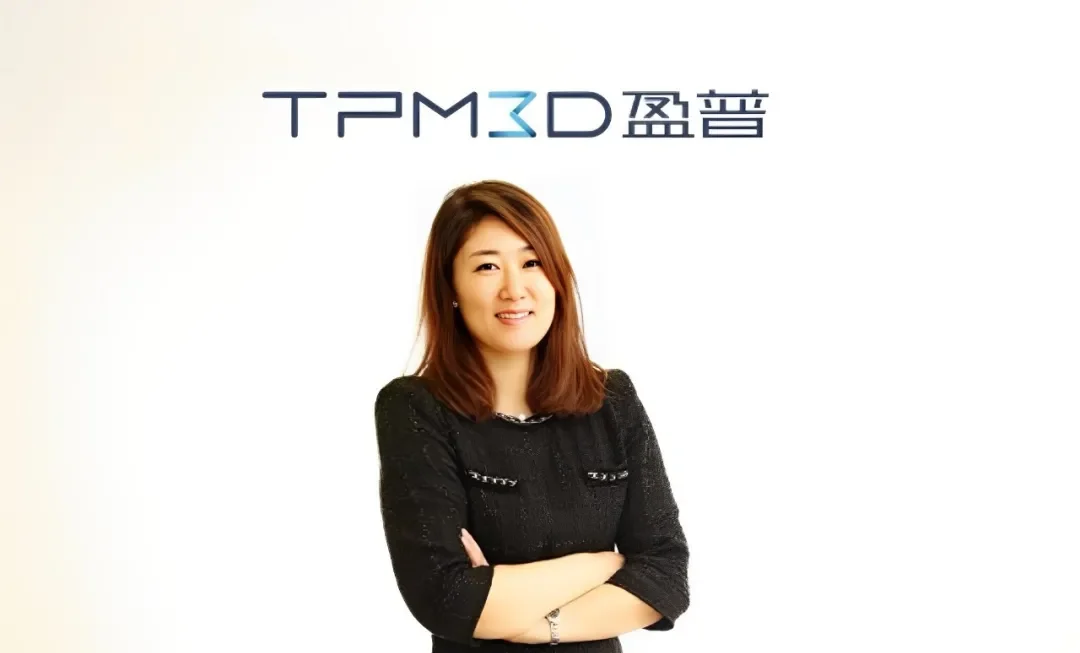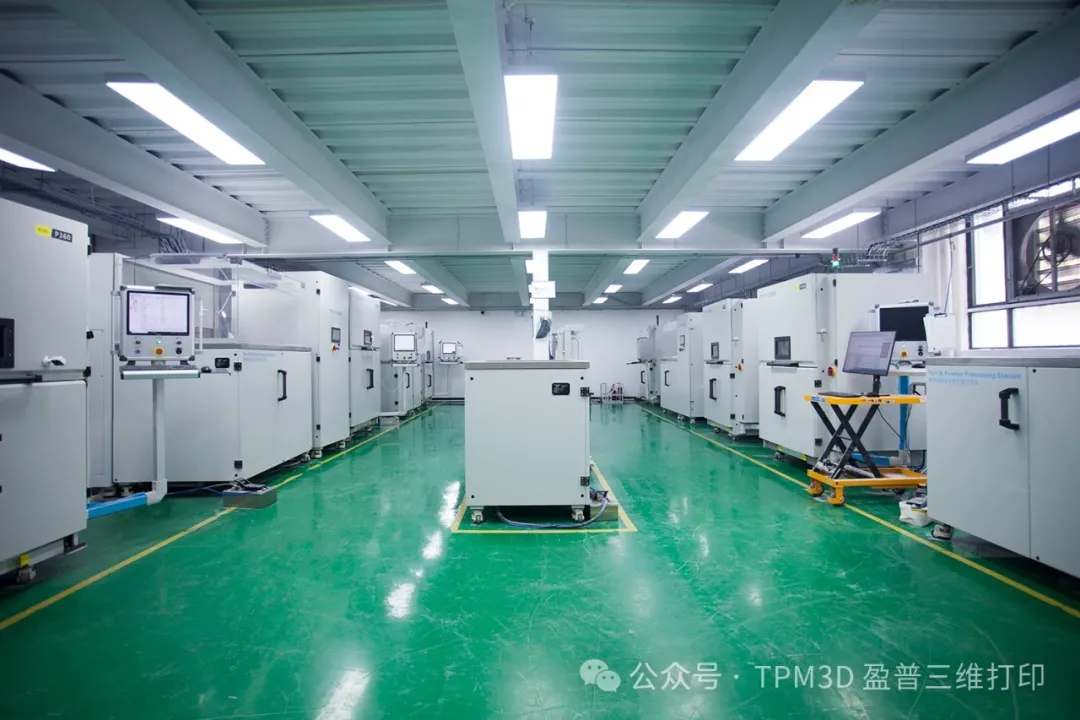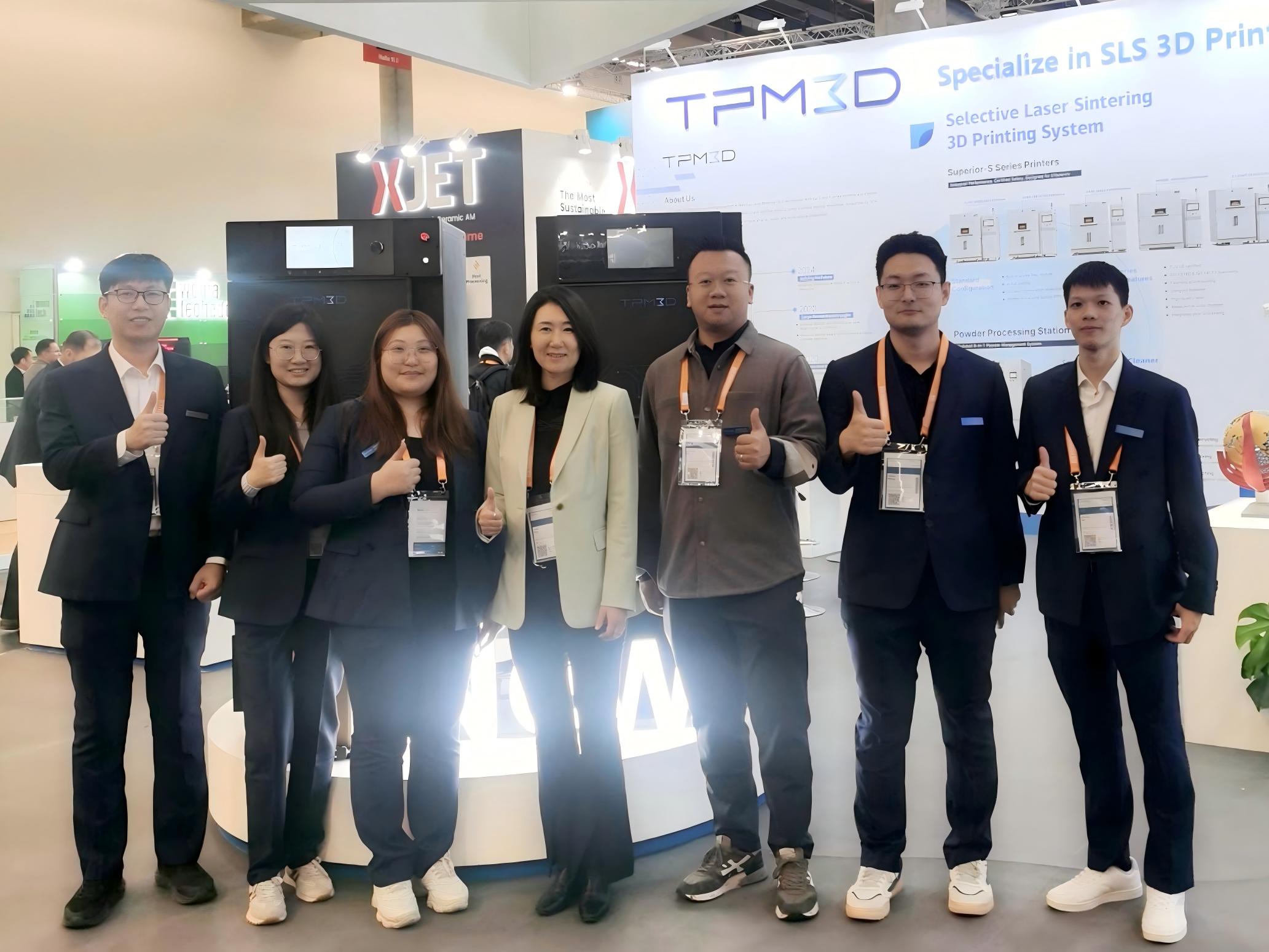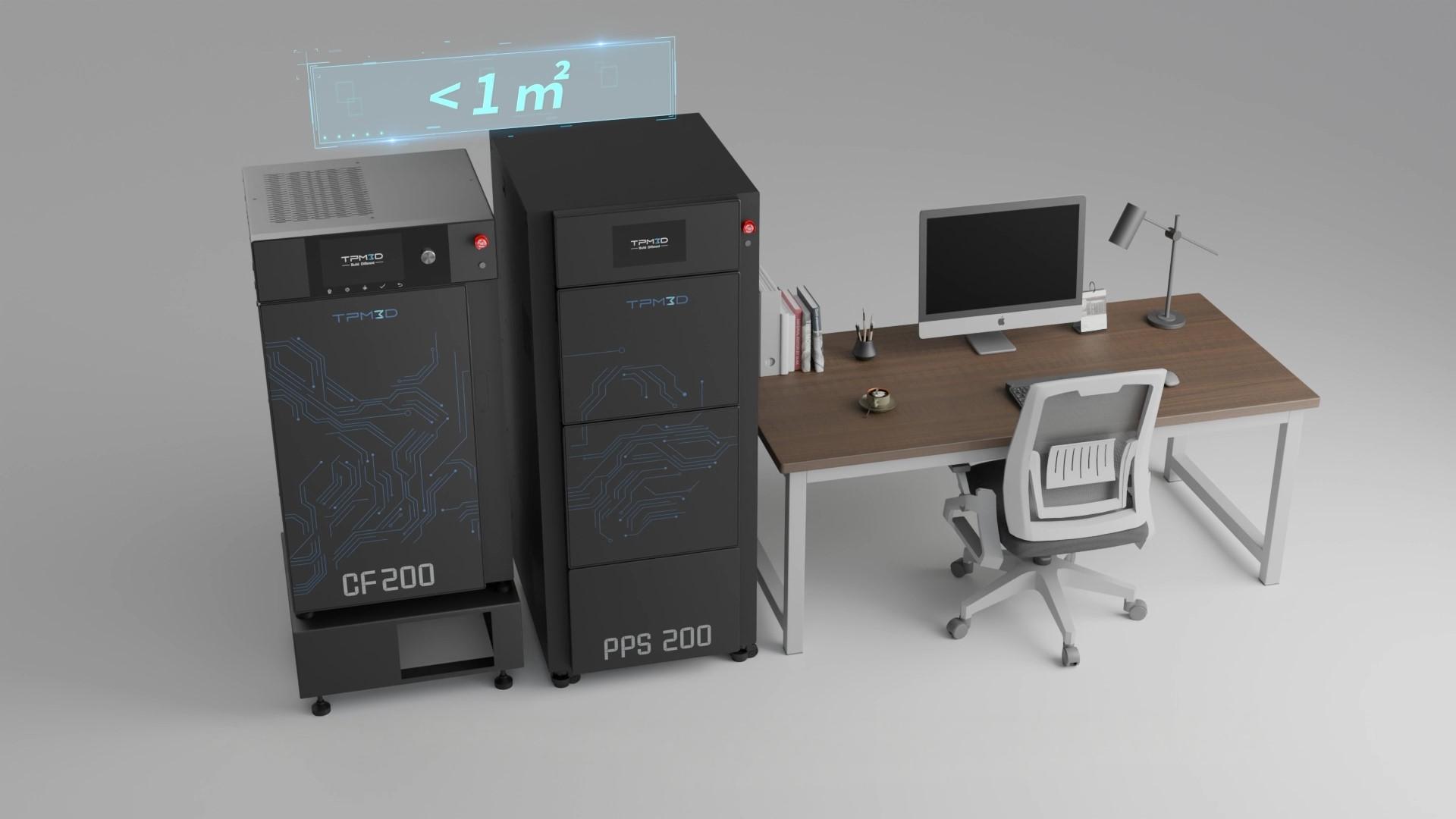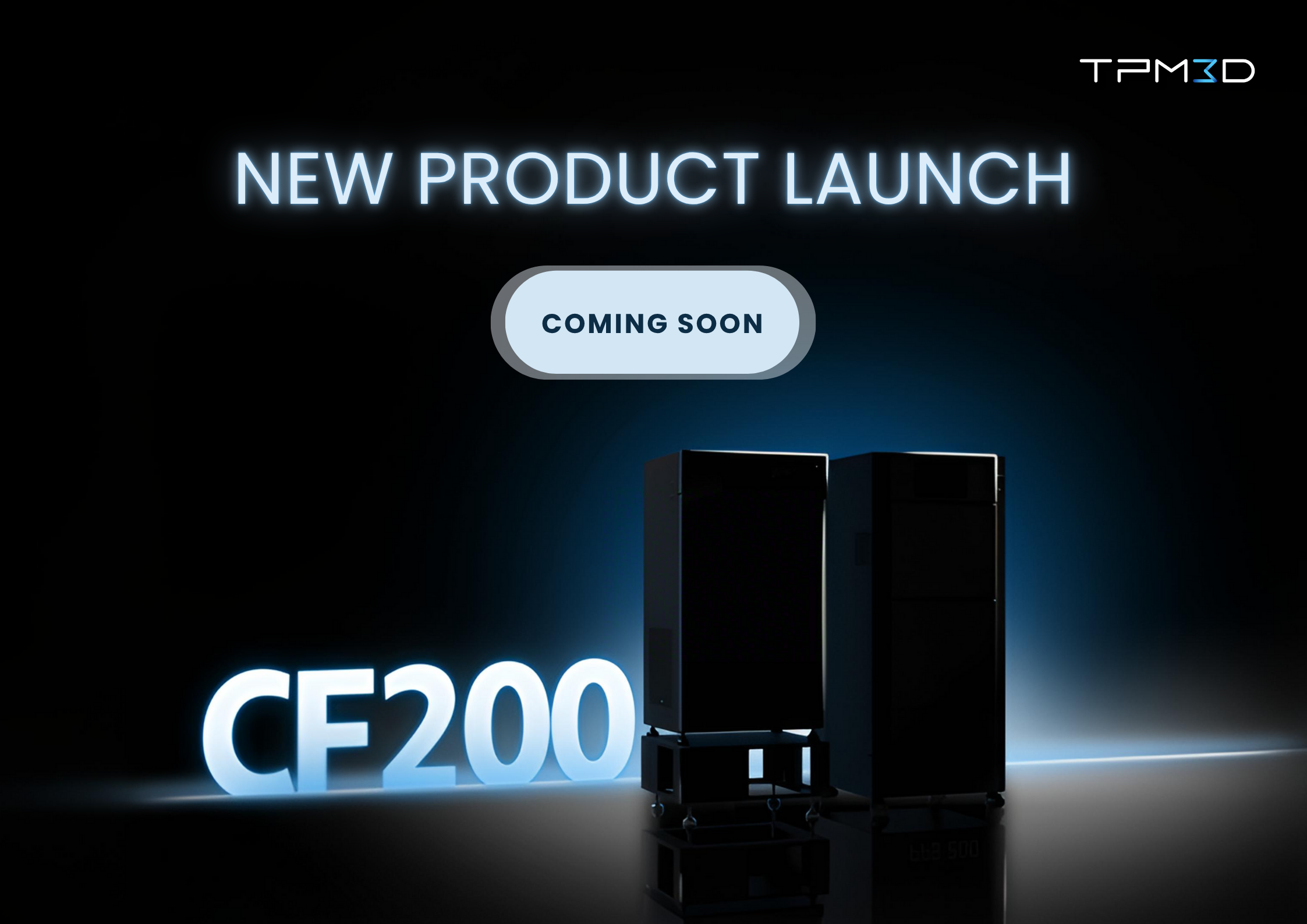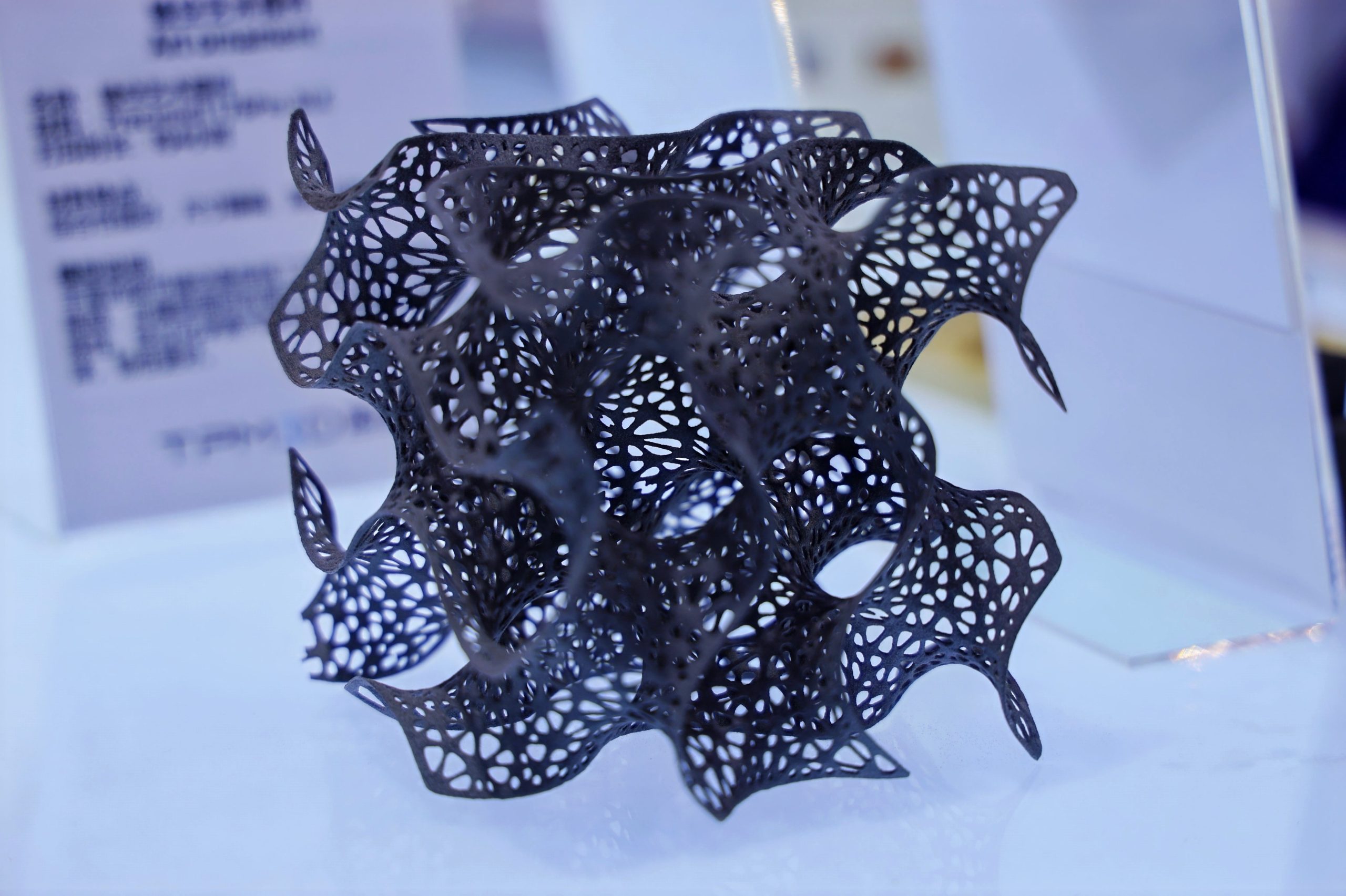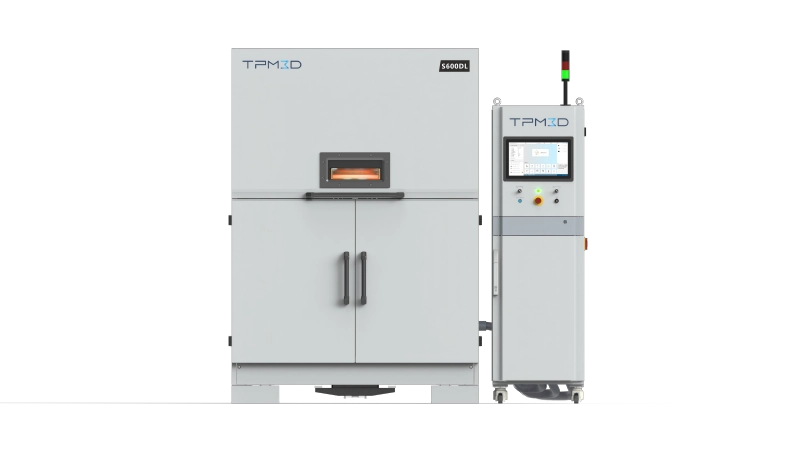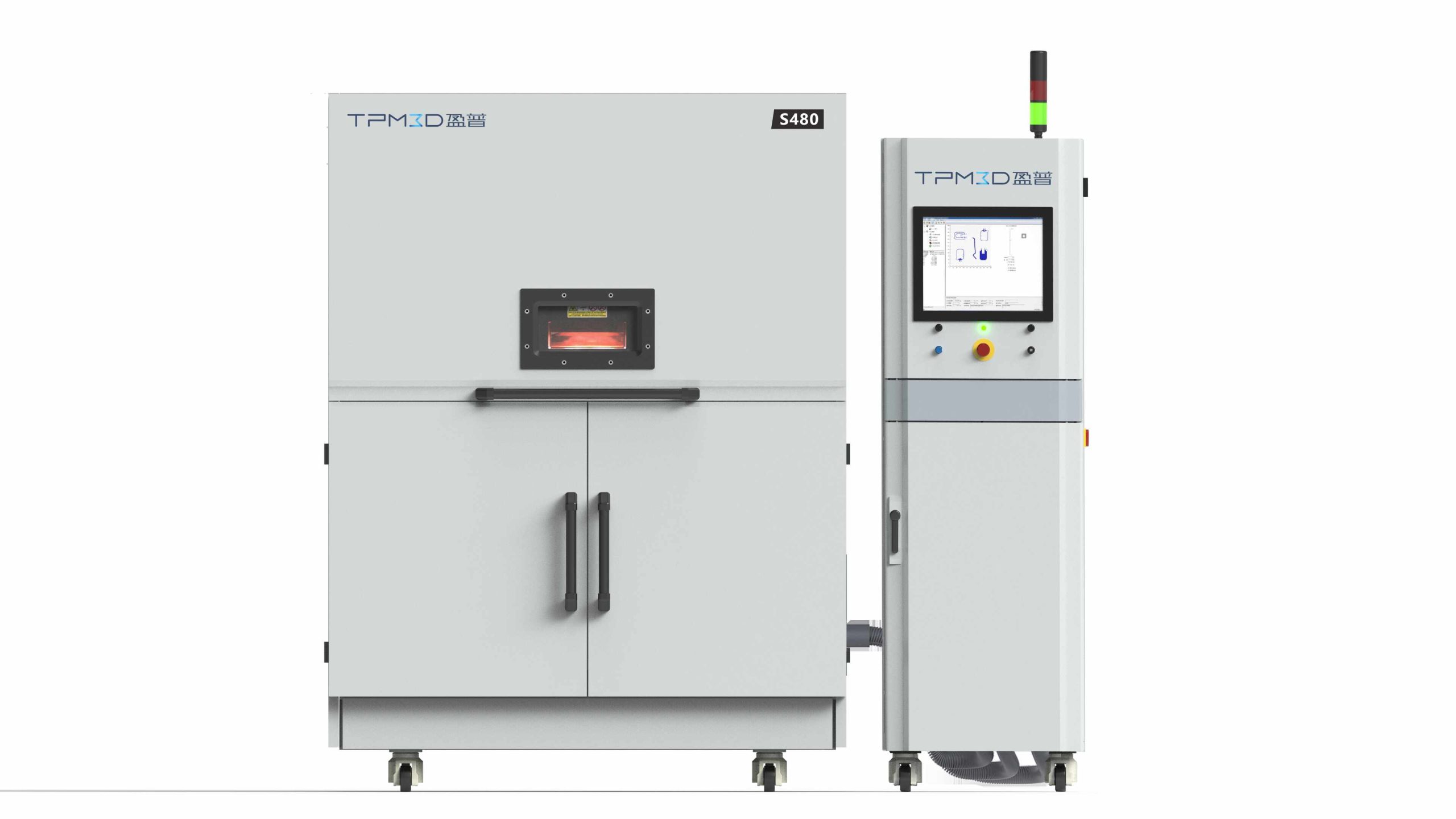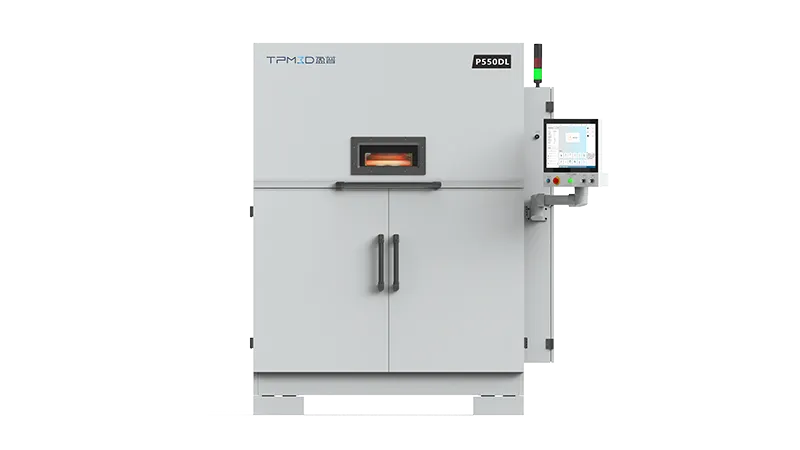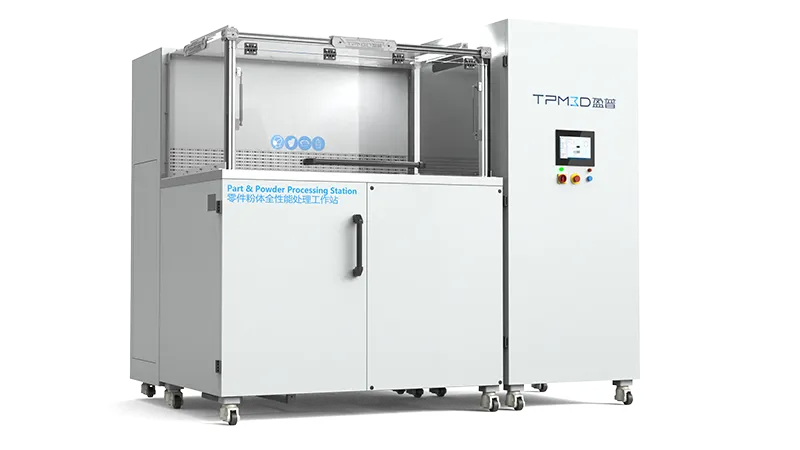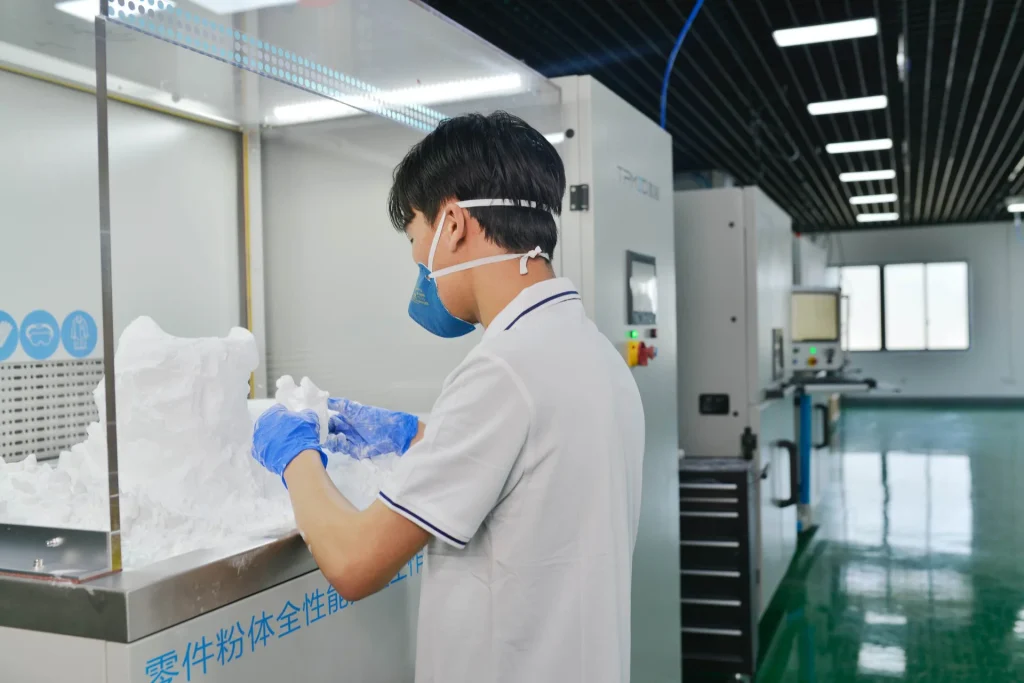The leading Chinese 3D printing media, Antabear 3D Printing, recently interviewed key figures in the industry. Among them, Lucy Zhai, CEO of TPM3D, shared insights on the growing trends in SLS (Selective Laser Sintering) printing.
Polymer 3D Printing Leads the Market
According to the Wohlers Report, polymers have surpassed photopolymers since 2021 to become the most widely used 3D printing materials. Over the next five years, 3D printing is expected to continue its expansion in small-batch manufacturing and final product applications. High-molecular powder bed technology is experiencing rapid growth, with nylon powder remaining the mainstream material. This powder bed technology is showing great potential for mass production in the consumer goods market.
Lower Costs and Wider Access Ahead
As mass production applications expand, the cost of powder bed technology is expected to decrease significantly. This includes reductions in equipment and material costs, as well as the rise of intelligent production line equipment that enables automated manufacturing. Low-cost, consumer-grade SLS printers are predicted to gradually enter the markets of small and medium-sized enterprises (SMEs) and even individual households, making professional-grade 3D printing more accessible than ever.
TPM3D’s Growth and Global Expansion
In 2023, TPM3D achieved its sales targets, with particularly strong growth in overseas markets. In 2024, the company plans to further expand internationally, while investing in capacity expansion and intensifying R&D efforts. TPM3D is entering a phase of rapid development, strengthening its position as a leader in the SLS 3D printing industry.
TPM3D continues to attract attention in global events such as Formnext 2023, showcasing its cutting-edge SLS technology and innovative solutions for both industrial and consumer applications.

